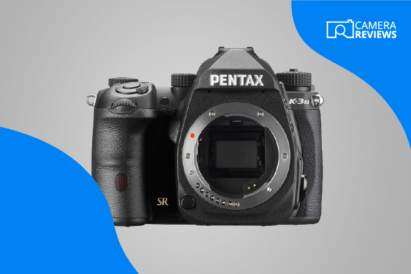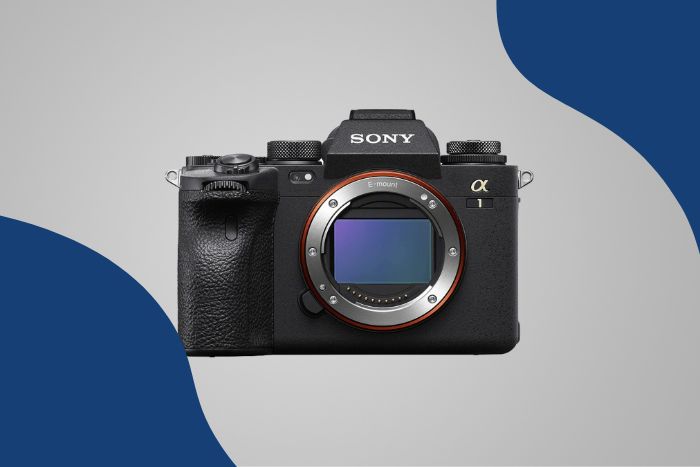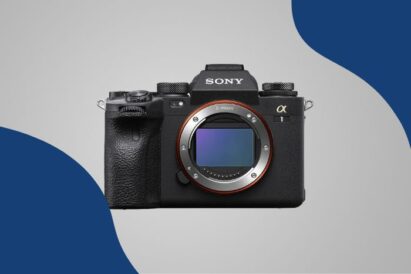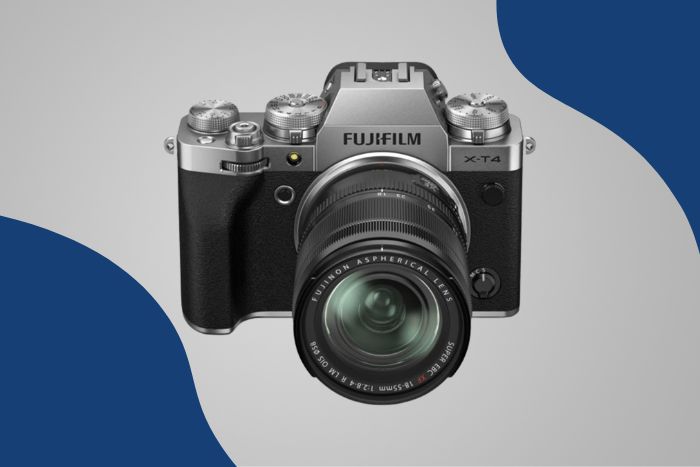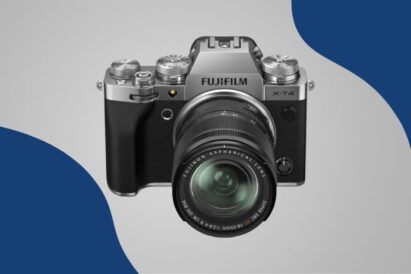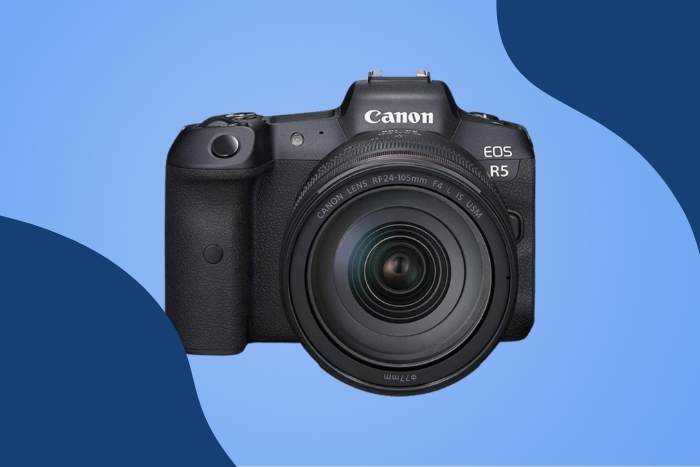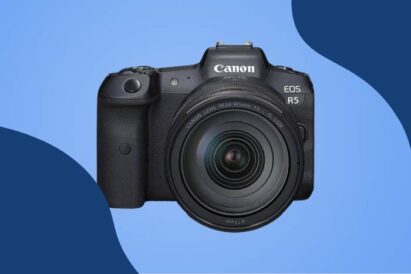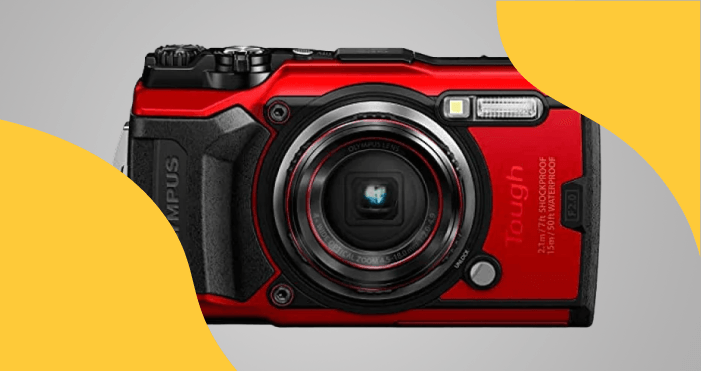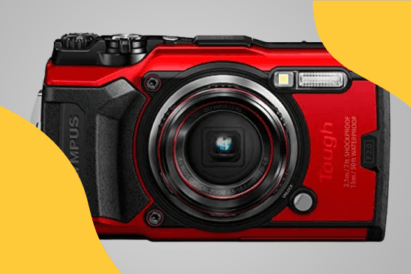What is an Art lens? Sigma Art lenses are large-aperture prime, wide-angle, and macro lenses. They offer exceptional sharpness and bokeh for studio work, including the new 35mm f/1.4 DG HSM Art lens.

Sigma 105mm F/1.4 DG HSM | A for Canon EF
Back in Photokina 2012, Sigma announced that it would put its lenses into three new categories… Contemporary, Sports, and Art. And if you were being cynical, you might say an Art lens is a marketing gimmick to help sell Sigma lenses!
But Sigma claims it makes it easier for photographers to identify the right type of lenses for their particular needs. And it also saves you money in the process—which is fair enough… But what else do you need to know?
What is an Art Lens?: 6 Things to Know
This article is all about Sigma’s Art line. So let’s find out more about it and list a few lenses offering the best optical performance. Here are six things you should know before taking the plunge!
(Our primary links are for Canon, but we list options for other major mounts. Sigma shares the L-mount with Leica Camera and Panasonic. And note that “DG” indicates full frame, and “DN” means mirrorless.)
1. Lenses So Sharp, I Cut my Finger
The main advantage of the Sigma Art line is the stunning image quality and general optical performance. Art lenses provide exceptional focal plane sharpness and vibrant colors.
The low-dispersion lens elements and coatings reduce chromatic aberration. That means you avoid the green and purple fringing that often occurs in high-contrast areas.
Recommended Art Lens
The Sigma 20mm f/1.4 DG HSM Art lens is a wide-angle prime designed for full frame cameras, but it also works with APS-C models. It’s available for the following mounts:
The “F” Low Dispersion (FLD) glass and five Special Low Dispersion (SLD) glass elements offer edge-to-edge sharpness even wide open. They also minimize axial chromatic aberration, field curvature, and spherical aberration.
The image quality is ideal for landscapes and events. And it’s suited for videography, astrophotography, and low-light photography.

Sigma 20mm F/1.4 DG HSM | A for Canon EF
2. Lenses as Fast as a Cheetah
One of the other benefits of the Sigma Art line is the large maximum aperture, which is normally f/1.4 for the prime lenses and f/2.8 for the zoom lenses. This makes them ideal for portrait photography due to the narrow depth of field, enabling you to separate the subject from the background. It’s also very handy in low-light conditions.
Recommended Art Lens
The Sigma 35mm f/1.2 DG DN Art lens is the fastest in the line-up. That makes it ideal for anyone taking pictures in low light, such as wedding, portrait, event, and travel photographers. It’s available for the following mounts:
- Sony E and L-mount (Leica and Panasonic, and Sigma)

Sigma 105mm F/1.4 DG HSM | A for Canon EF
3. Art Lenses Help You Go for Bokeh
A blurred background is one thing, but the real test is the quality of the “bokeh“—or the visual quality of out-of-focus areas. Art lenses score highly on this, too, as they generally have a large number of rounded blades in the diaphragm that controls the size of the aperture. That helps turn points of light in the background into “bokeh balls” that are as round as possible.
A lot of lenses distort these balls when shooting at maximum aperture if they’re in the corners of the frame, leading to a kind of “cat’s eye” effect. This is something to look out for whatever lens you use, but you should be able to solve the problem by stopping down a little bit to f/4 or f/5.

The other thing to watch out for is “onion ring bokeh.” It is like a series of concentric rings inside the bokeh balls. It’s caused by the slight irregularities left by the diamond cutting tool used to create the molds for aspherical lens elements.
The benefit is that they produce less spherical aberration, but the disadvantage is that you’re more likely to get “onion rings.” I guess there’s no such thing as a free lunch!
It’s the same with the diaphragm blades. The disadvantage of rounded blades is that it’s harder to get “sun stars” when shooting into the sun with a narrow aperture such as f/22. But that’s not really an issue if you’re doing the kind of portrait work for which these lenses are designed.
Straighter blades would help with sun stars. But fewer, straighter blades lead to polygonal bokeh, which looks ugly and artificial.
Recommended Art Lens
The Sigma 24-70mm f/2.8 DG DN Art lens has 11 rounded blades that create beautifully circular bokeh balls. It does create cat’s eyes at f/2.8 in the corners of the frame, and there is some extra vignetting due to the curvature of the barrel.
But all that disappears if you stop down to f/4 or f/5. You also get a really smooth transition between in-focus and out-of-focus areas—and no onion rings! It’s available for the following mounts:
- Sigma 24-70mm f/2.8 DG DN Art
- Nikon F
- Sigma SA
- Sony E
- L-mount (Leica and Panasonic, Sigma)

Sigma 24-70mm F/2.8 EX DG Macro for Canon EF
4. Art Lenses Can Put Your Back Out
Unfortunately, one of the downsides of having an Art lens is that their metal construction tends to make them quite heavy. This is not necessarily an issue if you’re shooting on a tripod.
And it’s nowhere near as bad as trying to handhold my 10-pound 800mm Nikon lens! But it’s a function of time and weight, and nobody wants to handhold a camera with a heavy lens for a long shoot of four or five hours.
The other problem comes when you’re trying to shoot videos. The extra weight makes it very hard to use a gimbal—even one of the larger ones that can balance it, like the DJI Ronin S or the Zhiyun Crane 2.
For example, the Sigma 35mm f/1.2 DG DN Art lens for the Sony E-mount may have a wide aperture, but it weighs a ton! The Sony FE 35mm f/1.8 is 0.62 lb, and Sigma’s 30mm f/1.4 Contemporary DC DN lens for the E-mount is 0.58 lb.
Compared to those, the 2.4 lb weight makes this 35mm Art lens a bit of a monster! At 8.4 x 6 x 7.3 inches, it’s also a lot bigger than the other lenses. The Sony 35mm is only 4.3 x 4 x 5.3 inches, and the Sigma 30mm is even smaller at 2.89 x 2.55 x 2.55 inches.
Recommended Art Lens
The lightest Sigma Art lens is the Sigma 24-70mm f/2.8 DG DN Art lens mentioned above at just over a pound (470 g). It has a lightweight design and focusing element. But a lightweight wide-angle Sigma Art lens to consider is the 18-35mm f/1.8 Art DC HSM lens. It weighs 1.79 lb (811 g)
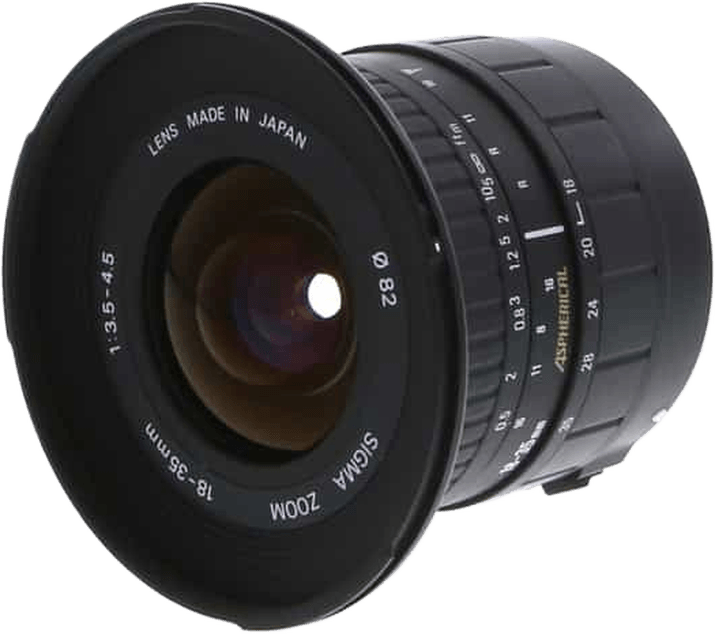
Sigma 18-35mm F/3.5-4.5 Aspherical ZEN for Canon EF
5. Don’t Forget Your Umbrella
The Art line of lenses is not for sports or wildlife photography—that’s what the Contemporary line is for. As a result, you don’t generally get weather sealing.
Now, that’s not a problem if you only use your lens for studio photography. But there are often you get caught in the rain on a shoot. If you’re using an Art lens, make sure it’s packed safely away before the heavens open!
Recommended Zoom and Telephoto Lenses
The Sigma 24-70mm f/2.8 DG DN Art lens and the Sigma 135mm f/1.8 DG HSM Art lens are two of the few that have weather sealing. Otherwise, you’d better stay indoors! The 135mm f.1.8 is available for the following mounts:
- Canon EF
- Nikon F
- Sony E (NEX), Sony FE
- Other (Standard)

Sigma 135mm f/1.8 Art DG HSM Prime Lens for Canon EF-Mount
6. Don’t Move With Art Lenses!
Sigma Art lenses can create incredibly sharp and detailed images. Focus acquisition is rapid, autofocus is silent, and the mechanical action gives you good control if you rotate the manual focus ring.
This is particularly good if you’re shooting videos and want to create a smooth and slow focus pull from one object to another. But lenses in the Art line don’t cope so well when tracking moving subjects, especially when shooting video.
Compared to the equivalent Sony or Zeiss Batis lenses, they lose focus (or focus choppily) if the subject moves towards or away from the camera.
Again, this criticism might seem a little unfair as Art lenses aren’t designed for photographing moving subjects. But it’s good to know, as you might not want to buy a lens that can only shoot static subjects in the studio!
Recommended Art Lens
The 18mm, 20mm, 35mm, 50mm, 85mm, and 135mm Sigma Art lenses all have a hard time with moving subjects. But the problem is especially acute with the Sigma 35mm f/1.4 DG HSM Art lens. It’s available for the following mounts:

Sigma 105mm F/1.4 DG HSM | A for Canon EF
Conclusion
Sigma Art lenses offer a premium but affordable solution for photographers who work with static subjects in the studio. They provide sharp images with a wide maximum aperture and great bokeh.
But they are heavy, have no weather sealing, and struggle to track moving subjects. The weight and tracking issues are important to note when using Sigma Art lenses for videography—especially with a gimbal.
But if you can overcome those limitations, you can save a fortune compared to buying pro-grade lenses such as Canon’s L-series.
Alternatives to Art lenses
If you want lenses with an optical performance and image quality to match the Sigma Art line but better subject tracking, here are a few to choose from.
Zeiss Batis 18mm f/2.8 (Sony E-mount)
This Zeiss Batis lens does a great job of tracking subjects walking towards or away from the camera. This is much better than the nearest Sigma Art lens, the 20mm f/1.4 DG HSM.
That lens loses focus as the subject walks back and then struggles to keep up as the subject approaches the camera—especially when wide open.
The lightweight build and reliable autofocus also make this lens ideal for filming weddings. It works especially well if you want to use a light gimbal like the Zhiyun Crane Plus.
Zeiss Batis 25mm f/2 (Sony E-mount)
The focus acquisition of this lens is about the same as that of the closest equivalent Sigma lens, the 25mm f/1.4. That applies whether the Art lens is at f/1.4 or f/2.
Like the 18mm, this lens works very well for shooting wedding footage if you have a gimbal like the Zhiyun Crane Plus. The autofocus is incredibly reliable, and it’s light enough not to cause any problems with balance or payload.
Zeiss 35mm f/1.4 (Canon EF-mount)
The Zeiss lens does a fantastic job of keeping its focus on a subject walking away and then approaching the camera—even wide open at f/1.4. That’s much more impressive than its Sigma Art counterpart, the 35mm f/1.4 DG HSM.

Nikkor Z 50mm f/1.8 S (Nikon Z-mount)
This is a little on the heavy side. But it’s an incredibly sharp lens that offers beautifully smooth bokeh.
Sony G Master 85mm f/1.4 (Sony E-mount)
The focus pull of the Sony lens is much smoother than that of the equivalent Sigma Art lens, the 85mm f/1.4 DG DN, which is choppy and jerky. The Sony version also does a much better job tracking and keeping the subject focused when approaching the camera or walking away.
Zeiss Batis 135mm f/2.8 (Sony E-Mount)
Again, the focus pull of the Zeiss Batis lens is much smoother than that of the equivalent Sigma Art lens, the 135mm f/1.8 DG HSM. That stutters and acquires focus in distinct stages.




